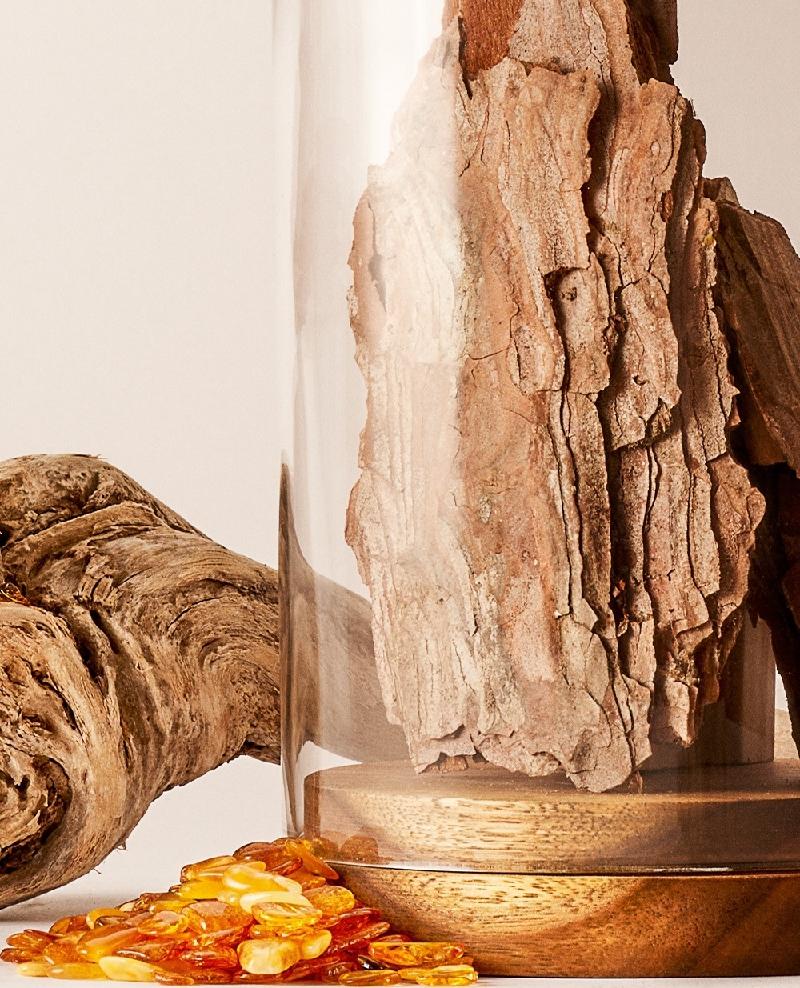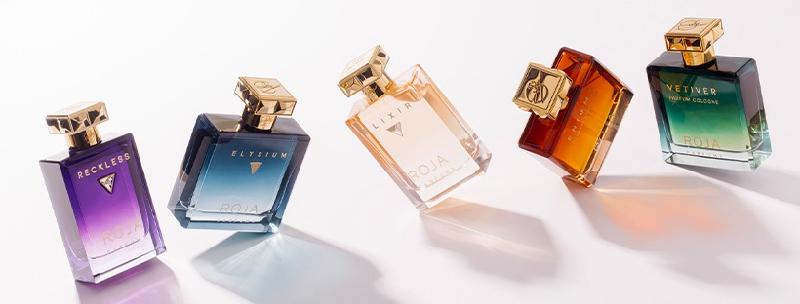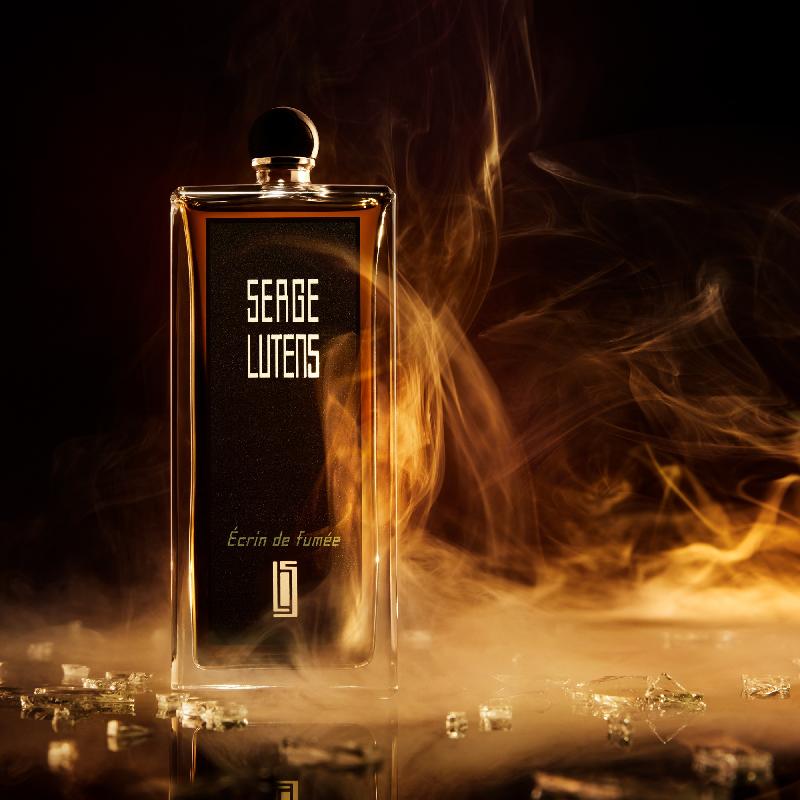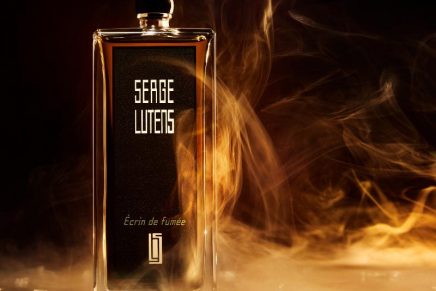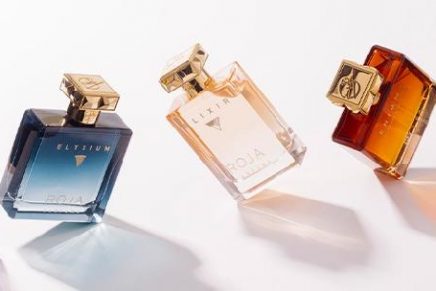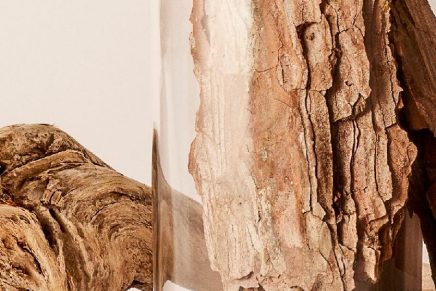Luxury perfumes are more than just fragrances; they are olfactory masterpieces crafted from a symphony of rare and precious ingredients. The world of high-end perfumery goes beyond mass-produced scents, delving into a realm where rare ingredients are sourced meticulously, creating fragrances that are both captivating and exclusive. In this exploration, we unveil some of the most prestigious and rare perfume ingredients, their sources, sustainability concerns, and the brands that have transformed them into liquid art.
1. Oud (Agarwood)
Origin: Southeast Asia, India, and the Middle East.
Sustainability: Overharvesting of agarwood trees is a concern.
Perfume Brands: Tom Ford, Creed, and Roja Dove.
Replication: Synthetic oud is common due to its scarcity.
Price Range: From hundreds to thousands of dollars.
2. Iris Pallida (Orris Root)
Origin: Italy.
Sustainability: Time-consuming extraction process raises concerns.
Perfume Brands: Chanel, Dior, and Guerlain.
Replication: Synthetic iris compounds are used.
Price Range: Generally high, particularly in pure form.
3. Ambergris
Origin: Formed in the digestive systems of sperm whales.
Sustainability: Banned due to ethical concerns; synthetic substitutes are used.
Perfume Brands: Niche brands create ambergris-inspired scents.
Replication: Synthetic ambergris substitutes are widely employed.
Price Range: Varies, depending on rarity and legality.
4. Taif Rose
Origin: Saudi Arabia.
Sustainability: Efforts are made to protect wild roses.
Perfume Brands: By Kilian, Montale, and Amouage.
Replication: Synthetic rose notes are common.
Price Range: Moderate to high, depending on purity.
5. Mysore Sandalwood
Origin: India.
Sustainability: Limited supply due to government regulations.
Perfume Brands: Guerlain, Serge Lutens, and Byredo.
Replication: Synthetic sandalwood notes are prevalent.
Price Range: Exceptionally high for pure Mysore sandalwood.
6. Saffron
Origin: Derived from the stigma of crocus flowers.
Sustainability: High labor requirements and potential for adulteration.
Perfume Brands: Byredo, Kilian, and Acqua di Parma.
Replication: Synthetic saffron notes are used.
Price Range: Moderate to high, depending on purity.
7. Tuberose Absolute
Origin: India.
Sustainability: Threatened due to overharvesting.
Perfume Brands: Frédéric Malle, Robert Piguet, and Serge Lutens.
Replication: Synthetic tuberose is commonly employed.
Price Range: Varies, with pure tuberose being expensive.
8. Civet
Origin: Extracted from the glands of the African civet cat.
Sustainability: Ethical concerns have led to synthetic replacements.
Perfume Brands: Historically used by Guerlain and Chanel.
Replication: Synthetic civetone is now used.
Price Range: Rare, and its use has diminished due to ethical considerations.
9. Blue Lotus
Origin: Asia.
Sustainability: Grown in controlled environments.
Perfume Brands: Sana Jardin and House of Matriarch.
Replication: Synthetic alternatives are common.
Price Range: Moderate, with variations based on rarity.
10. Pink Pepper
Origin: Madagascar, Brazil, and Peru.
Sustainability: Generally sustainable.
Perfume Brands: Jo Malone, Le Labo, and Byredo.
Replication: Often used in its natural form.
Price Range: Moderate, making it more accessible.
11. Frankincense
Origin: Derived from Boswellia trees in Africa and the Middle East.
Sustainability: Concerns about overharvesting exist.
Perfume Brands: Comme des Garçons, Amouage, and Serge Lutens.
Replication: Synthetic frankincense is used.
Price Range: Moderate to high, depending on quality.
12. Tonka Bean
Origin: South America.
Sustainability: Generally sustainable.
Perfume Brands: Guerlain, Thierry Mugler, and Jo Malone.
Replication: Synthetic coumarin is common.
Price Range: Moderate to high, depending on rarity.
13. Galbanum
Origin: Iran, Afghanistan, and the Middle East.
Sustainability: Harvesting requires care.
Perfume Brands: Chanel, Dior, and Hermès.
Replication: Synthetic galbanum is used.
Price Range: Varies based on purity and rarity.
14. Ambrette Seed
Origin: India.
Sustainability: Sustainably harvested.
Perfume Brands: Le Labo, Jo Malone, and Maison Francis Kurkdjian.
Replication: Synthetic ambrette notes are prevalent.
Fakes: Authentic ambrette is rarely faked.
Perfume Brands: Moderate to luxury.
15. Myrrh
Origin: Somalia, Ethiopia.
Sustainability: Prone to overharvesting.
Perfume Brands: Serge Lutens, Byredo, and Amouage.
Replication: Synthetic myrrh notes exist.
Fakes: Authentic myrrh is sometimes adulterated.
Price Range: Mid to high-end.
16. Pink Pepper
Origin: South America.
Sustainability: Cultivated for commercial use.
Perfume Brands: Byredo, Jo Malone, and Maison Francis Kurkdjian.
Replication: Synthetic pink pepper notes are common.
Fakes: Authentic pink pepper is rarely counterfeited.
Price Range: Affordable to luxury.

